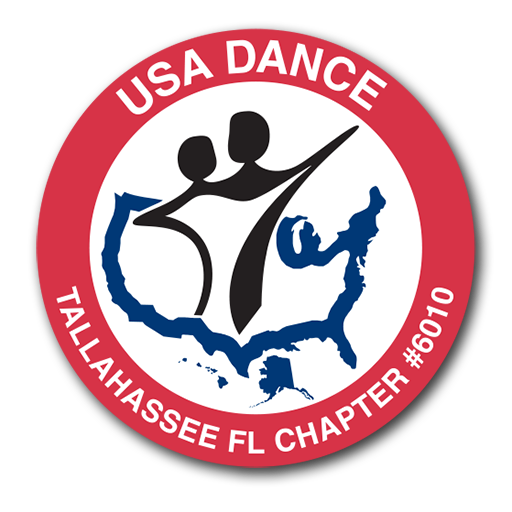Leading and Following:
Life is a dance; sometimes you lead, and sometimes you follow. Ballroom dance is a partner or couples
dance that uses that idea of lead and follow to move rhythmically together in time to the music. In
partner dancing, the two dancers are sometimes not equal. One takes the Lead and the other is the
Follow. The lead is responsible for choosing appropriate dance speed and dance movements to suit the
music. The lead uses subtle signals to the follower in order to move smoothly and safely together. The
follow is gifted with the show movements, turns, spins, and lifts. They work together to represent the
music and express the dance.
For the leader and follower to interact with each other, communication needs to occur between the
dance couple. Because it is not practical to discuss moves while the music is playing, physical contact is
the most effective means. This most often occurs while in the closed position when the leader’s right
hand is on the followers back about at the left shoulder blade. The follower’s left hand is on the leader’s
upper right arm near the shoulder. The other two hands are clasped together at or near chest or
shoulder height.
In most American ballroom dances, the leaders start with the left foot and the followers with the right
foot. Leaders work to make the steps being used clear by shifting their body weight and gently moving
their arms to direct the followers, followers work to catch the cues of the weight shifts and steps of the
leaders. More advanced dancers will take cues from each other through this connection. Whether the
dance is a set (pre choreographed) routine or free form, the leader is responsible for initiating each
move, which ensures smooth coordination between the two dancers. A good partnership reminds all
watchers what dancing on the clouds really means and looks like!
Some of the terms and expressions you may hear from dance instructors as they talk about lead and
follow:
• Common pattern, rhythm or flight of dance. Each dance has a common pattern, rhythm and or flight.
• Compression (where each partner ‘compress’ the energy by bending joints and moving towards or
‘into’ their partner, to varying degrees); A.K.A. push.
• Tension (is the opposite of compression – partners moving away from each other but still in contact)
A.K.A. Pull.
• Weight transfer. The lead uses weight transfer to communicate what step to do. The lead and follow
also feels their partner’s Weight transfer, so that both partners know where the other is weighted.
• Fade or change up. As a partnership change from dance positions to another position, generally the
lead has to make the change-up.
• Timing, Timing, Timing. Initiating a lead at the proper time and responding (Following) to that lead at
the proper time makes or breaks a dance move.
• Connection and frame. The contact between the couple allows the lead to use the common pattern,
compression, tension, weight transfer to communicate the dance movements. For both the lead and the
follow, it is important to maintain good posture, a slightly rigid arm and a soft hand. The two most
common ways to communicate is through arm leads and body leads.
